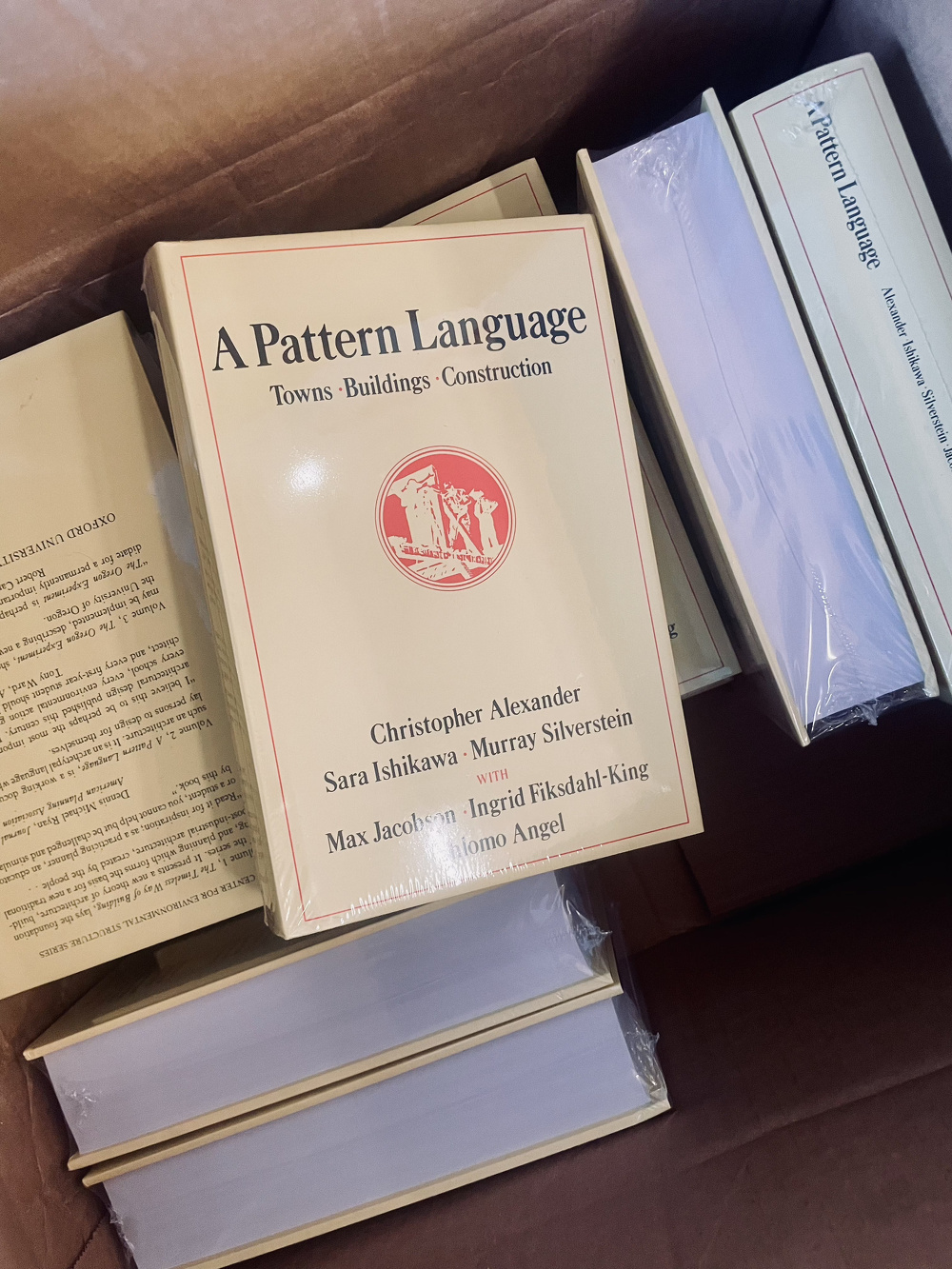Culminating text with oral exams planned in my criticism class for architecture graduate students. We got liftoff as a group this term — a true seminar community. I’ll miss them.

Culminating text with oral exams planned in my criticism class for architecture graduate students. We got liftoff as a group this term — a true seminar community. I’ll miss them.

@ablerism I just started reading this last night… not sure how well I’ll get on with it as someone with zero prior knowledge of the field, but it seems very interesting so far!
@bethanyh It’s most celebrated and enjoyed by non-architects! And hardly taught at all in contemporary architecture schools, which is a mystery I’m trying to suss out. I’ll be curious how you find it. As you see, it’s really a perusal/reference text more than a chronology.
@ablerism I’ve never read it, but I’ve known of it and I’m shocked that it’s hardly taught in architecture schools now.
@ReaderJohn I have this working theory that it’s not taught because it implies universals, you know? Not a style guide or set of blueprints, but patterns as an affirmation of recognizable Good Design (and therefore Bad Design).
@JohnBrady @readerjohn I actually think the ingenious identification of patterns helps the book avoid going all the way to objective beauty in the stylistic sense. Broader, more capacious than that, allowing for global variation.
@JohnBrady Just that objectivity doesn’t mean specific styles of columns, for example. Or columns at all. The pattern is more directional than directive. (Trying to write about this, so the specifics matter to me, but yes, we’re likely on same page!)
@ablerism That’s encouraging! I will press on. I find it very interesting, though my main emotion so far is disappointment at not living in a place with actual city country fingers.
@JohnBrady I have to confess, book intros are the things I usually “skip ahead” past! I did skim this one, but missed that tidbit. At any rate, I am enjoying reading the various circles, whether or not I can influence them. But I’m sure I’ll read the most personally applicable parts the most closely.
@ablerism I love that book. Always wanted a secret place built in to my home 😸 the old farmhouse I grew up in had a secret passage of sorts, which my sister and I used to cheat with, when we played hide and seek with people who did not know the house.
@annahavron I love that. And Child Caves! Surely one of the sturdiest universals in good design.
@bethanyh Oof, you said it. There are so many moments in that book where I’m like; OF COURSE, and WHYYYY.
@ablerism I read Alexander back in my own grad studies decades ago…glad to see his work still being taught. And last year we built a secret door disguised as a kitchen cabinet into our remodeled house. Now I wonder if that was lurking in my subconscious all these decades…
@ablerism I was in an STS program…as I (vaguely) recall it was one of the readings in a course on different approaches to knowledge. After 40+ years the memories are pretty dim :)
@ffmike That makes sense. And understood re: the memories! Just tracing lightly how it showed up in pedagogies that folks even broadly recall. Cheers.
@ablerism Child caves: Now you’re taking me back to the blizzard of ‘79, and drifts off the porch… I should reread that book at some point, I suspect it influence my thinking in ways I’ve forgotten.